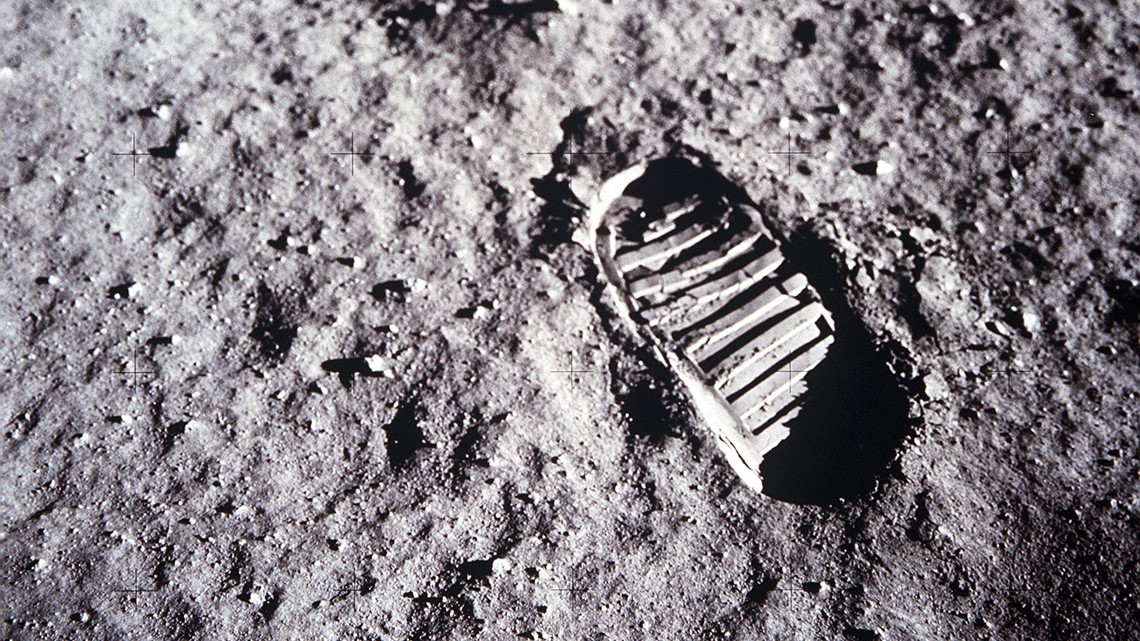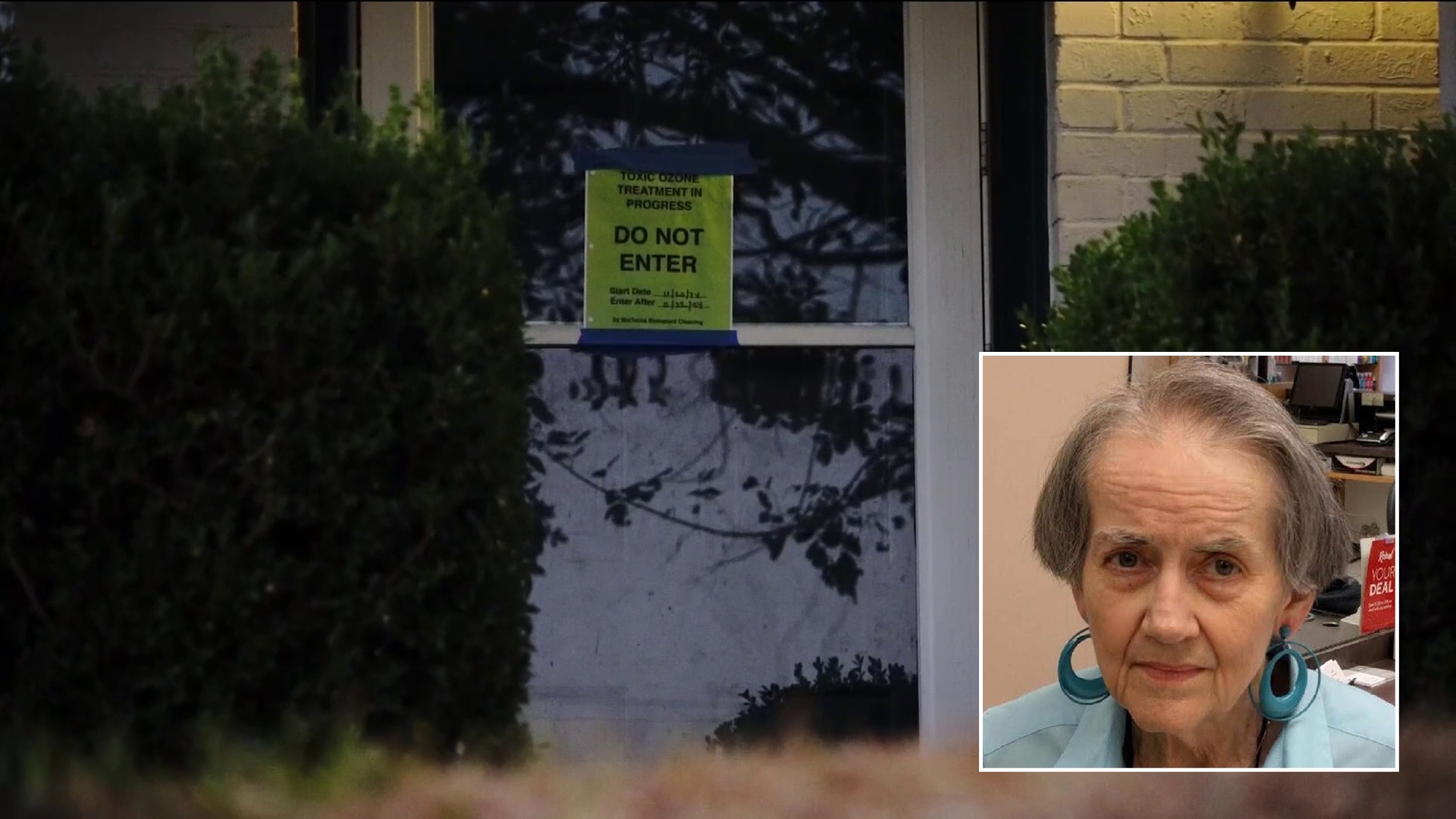NASA has shared its $28 billion plan for the Artemis program, which is designed to return astronauts to the Moon by 2024.
The Artemis plan, if successful, would put the first woman and next man on the Moon by 2024. The mission would mark the first time since 1972 that humans have touched down on the lunar surface.
“With bipartisan support from Congress, our 21st century push to the Moon is well within America’s reach,” NASA Administrator Jim Bridenstine said in a statement. “As we’ve solidified more of our exploration plans in recent months, we’ve continued to refine our budget and architecture. We’re going back to the Moon for scientific discovery, economic benefits, and inspiration for a new a generation of explorers. As we build up a sustainable presence, we’re also building momentum toward those first human steps on the Red Planet.”
NASA's new powerful rocket, the Space Launch System, and the Orion spacecraft are close to its first launch and it's core stage and attached four engines are currently undergoing a final series of tests.
After a hot fire test, expected this fall, the core stage will head to the Kennedy Space Center in Florida for additional testing. The plan includes two test flights around the moon, an unmanned mission named Artemis I in 2021 and a crewed mission named Artemis II in 2023.
Artemis III will then mark humans' return to the moon with astronauts landing on the lunar South Pole. The astronauts will spend about a week on the lunar surface collecting samples, conducting experiments and searching for resources, according to NASA's plan. Modern spacesuits will allow astronauts to move with greater flexibility than what the Apollo astronauts had which will have been nearly 50 years earlier in 2024.
NASA is also working to develop an Artemis Base Camp "to support longer expeditions on the lunar surface" and to prepare for human exploration of Mars. Elements to the camp would include a lunar terrain vehicle, a habitable mobility platform, a lunar habitation module and power systems among other things.
To prepare for these missions, NASA said they are using commercial delivery services to send new science and technology demonstrations to the Moon two times a year beginning in 2021.
NASA is asking for $28 billion for the "phase 1" part of the program through fiscal year 2025. The request includes $7.6 billion for launch system rockets, $16 billion for the "Initial Human Landing System," $518 million for lunar suits and $552 million for "surface logistics."




